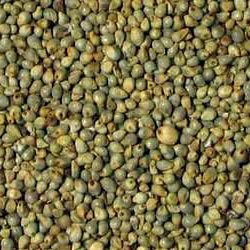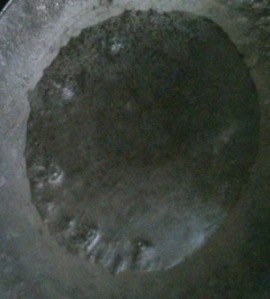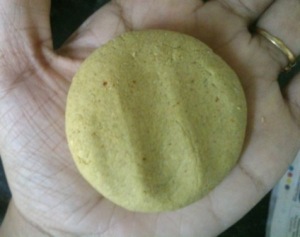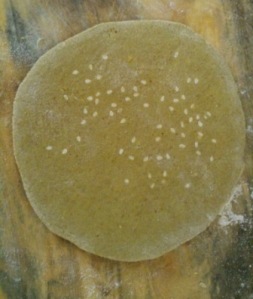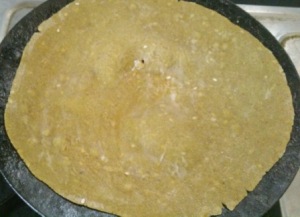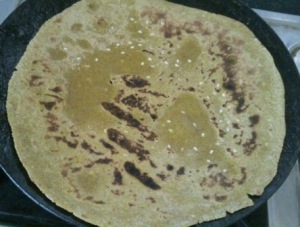
Jowar/Sorghum
Millets have been a part of Indian diet for thousands of years and the health benefits are well-known. If you didn’t here are a few benefits for you.
- Gluten-free and non-allergic
- Higher in nutritional value than wheat, especially phosphorus and iron
- Non-acidic or alkaline and easy to digest
- Jowar is a rich source of Vitamin B-complex
- High protein content from 9% to 13% ( For all the meat-eaters who wonder where do vegetarians get protein from)
- Improved calcium retention as compared to rice
- Easier to digest
- Sorghum is rich in phytochemicals including tannins, phenolic acids and anthocyanins. Studies have shown that sorghum can reduce the risk of certain types of cancer in humans. The phytochemical levels are so high in this millet that they have shown potential usefulness in reducing obesity as well.
- So heart-healthy as well 🙂
Apart from jowar/sorghum/ಜೋಳ, the other popular millets found in India include pearl millet(bajra)/ಸಜ್ಜಿ and ragi/ರಾಗಿ. There is also foxtail millet/ನವಣಿ which isn’t that popular but healthy nonetheless.
Jowar roti/ಜೋಳದ ರೊಟ್ಟಿ/ಬಿಳಿ ಜೋಳದ ರೊಟ್ಟಿ is a staple food in North-Karnataka and parts of Maharashtra. Jowar roti is unleavened flat bread made from jowar/sorghum. This doesn’t need any oil adding to the benefits above. It requires some skill( a little more than my skill level) to make soft and even rotis. So I happily clicked away while my Mom made them.
Ingredients:
Jowar flour – 1 cup
Water – to knead
salt – to taste
Method:
- In a small vessel take about 1/2 cup water and bring it to boil. Make sure the water is boiling and not just warm. Not sure if you can see the bubbles rising in the pic.

Boiling water
- In a shallow wide pan, take the flour and mix salt. Keep it ready to mix water as shown below
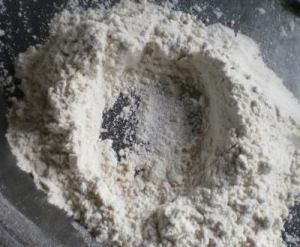
Flour in the pan
- Now add the hot water into the dough. Do not add all the water at once. Add only about half and keep adding as you knead. Also, use a spoon to mix the flour as you will be adding hot water. Hot water is required as there is no gluten in jowar. This is known as jigatu/ಜಿಗಟು in kannada.

Adding hot water to knead
- Once you have mixed it you can start using your hands to knead and add more water at room temperature if you need to add more. The dough will look something like this.

Jowar roti dough
- This does not need to be kept aside for settling. In fact, the rotis need to be made right away else you might have difficulty rolling them out later. Now pinch a round big ball sized dough to prepare rotis.

dough balls ready to be flattened
- To make the roti you should press/beat the circular dough with the palm of your hand on a flat surface such as the rolling board or your kitchen platform. Initially use the right hand to beat it in the form of a circle and use the left hand to maintain a circle. Once it becomes big you can use both hands to beat it to make it thinner. You could also a rolling pin but make sure you roll it out lightly. Traditionally it is made with hands.

Using the hands to make roti

Thin Roti ready to be put on tawa
- Heat the tawa well and put the roti on the tawa. In the next few seconds, as the roti gets a little dry, use a clean muslin cloth and apply a thin layer of water on the upper surface.

Applying a thin coating of water
- Let it remain till water evaporates a little and flip it over and press slightly with a soft cloth to make sure it is done properly on all sides.

Jowar roti
This can be served with any dry/gravy vegetables. The favorite traditional combinations though are Jhunka,stuffed eggplant/brinjal,hesaru kaalu/green moong pallya, shenga hindi and kosambari. Had to take this pic from the Internet as I forgot to take a pic before serving. Very soon I will replace this with one at home.
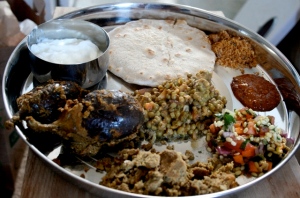
Jolada rotti with side dishes
The thali shown above with rice is a complete meal. It is called as rotti meals or Joalda rotti thali here.
